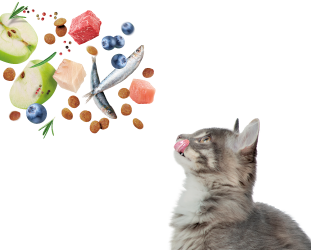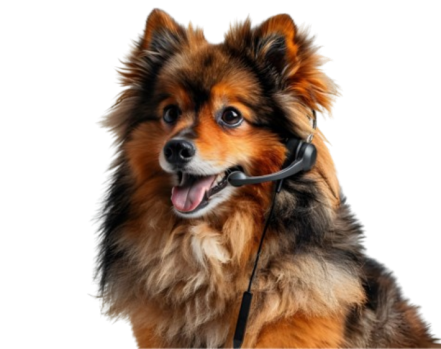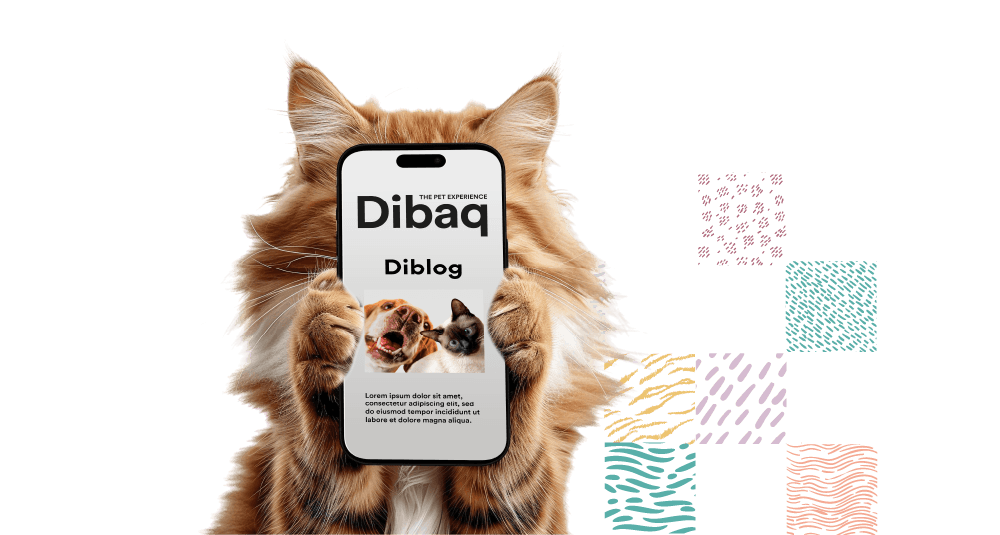How to understand your pet? small dictionary
How many times have you wanted to speak the same language as your pet? Communication between animals and humans is sometimes really complicated… and if your four-legged roommate has just arrived, even more so. Don't despair! We leave you several tips that will help you get to know your pet better to achieve a good coexistence. Keep reading!
Listen to its sounds
Sounds are the most common form of communication in many pets, and the most obvious and easy to identify because they are loud and very distinguishable. Barking and meowing are, in many cases, the first signs that you should take into account to avoid conflicts and understand what your dog or cat means.
A bark, for example, can be a call for attention or a way to express anxiety, frustration, pain or the desire to play. We recommend that you pay close attention to your furry friend's sounds to get used to them and capture their most personal noises. Over time you will be able to differentiate each note!
Observe their body language
Both dogs and cats have a peculiar body language that allows them to communicate their emotional state and intentions to their owners. Therefore, the second rule to understand your pet is to observe its body and be attentive to all its physical reactions. The reason is simple: reading the gestures that an animal makes with its tail, back or limbs can provide you with very useful information.
For example, if your dog keeps his back high and his tail up, he will be communicating to you that he feels comfortable, confident and calm with you... but if he crouches down, hides or puts his tail between his hind legs, he is showing his fear. Keep that in mind!
Look at his facial expression
The eyes, ears and mouth of an animal are capable of expressing a lot of information to humans. Research from the University of Portsmouth (United Kingdom) stated, in fact, that dogs (like other animals) are capable of changing their facial expression in an attempt to communicate with people.
We leave you an example: many dogs use an expression known as “puppy eyes”, in which they open their eyes wide and raise their eyebrows (wanting to make their owner feel sorry for them in order to get food or a walk in the park). And cats are not far behind: if your feline looks you straight in the eyes and does not look away, he is challenging you... and if he narrows his eyes he is showing you affection and trust. You must be very attentive to these and other gestures to know how your animal is doing and what you can expect from it!
If you still have doubts, don't worry. We have good news for you! There are some dog and cat dictionaries published that can help you translate the vocabulary of dogs and kittens... and interpret the feelings, concerns and mood of your pets.
Some examples are “The language of dogs: calm signals” or “Mini Spanish/cat cat/Spanish dictionary: 160 words to learn to speak cat fluently.” Search the Internet and write down your next letter to the Three Wise Men!
Share this content















